Content:
Pumpkin is a frequent visitor to Russian vegetable gardens, but among summer residents there are those who like to experiment and try new varieties and crops. Fig-leaved pumpkin (Fitcephaly) is one of the most unusual plants for our climate.
Origin of the variety
It is known for certain that the Fitsephalia pumpkin is native to one of the countries of Latin America. The plant is mountainous, the country of its origin is called Peru, it was there that the charred seeds of this variety were found more than 5 thousand years old. Other sources say she may be originally from China or Mexico. The variety came to Europe from Brazil as a forage crop.
Fig-leaved pumpkin is an exotic variety for our country. It is actively grown in the countries of South America as a fodder crop. In warm climates, the plant is unpretentious and high-yielding. This is a perennial vine, the shoots of which can reach 10 meters in length, the leaves are curly, large and resemble the shape of the leaves of a fig tree. The pulp of this pumpkin variety is white, juicy, tastes like a watermelon, but without much sweetness. The seeds are dark and large.
In our climatic conditions, it is cultivated only as an annual plant in the warm season. Lovers of unusual varieties and tastes grow it in their dachas. The pulp, stems and seeds of pumpkin are used for food. Young shoots are used as vegetables, the seeds are used to make desserts, and candied fruits are made from the pulp, jam, make refreshing drinks, or eaten raw.
Characteristics and description of the variety
It is possible to grow Fitsephaly in the middle and southern parts of Russia due to its high-mountain hardening, which formed the following characteristics:
- Frost resistance and tolerance to large temperature changes... It can withstand frosts down to -3 and grows normally in the range of 6 to 35 degrees.
- Fast growth and good yields... The variety is considered late-ripening, the shoots are powerful, grow quickly, reach 3.5 meters in length, when they meet an obstacle, they begin to curl around it. Scourges can be thrown over hedges to increase yields. From the moment of germination to the removal of ripe fruits, it takes about 110-120 days. With proper care, up to 10 pumpkins can be produced from one plant. Accordingly, the warmer the climate, the higher the yield.
- Long flowering period. It starts 30-60 days after germination and lasts up to a month. Then the fruits grow rapidly. Flowers are yellow or orange in color with a diameter of 5-7 cm, pollinated by bees. It does not cross with other types of pumpkins.
- Disease and rot resistance... This variety has good immunity to various kinds of fungi, powdery mildew and pests. However, aphids can be affected.
- Demanding territory... Fig-leaved pumpkin requires a lot of space due to its long, fast-growing shoots and many large leaves, reaching a diameter of 25 cm. Feels good in partial shade and sheltered from the winds.
- Small fruits... Pumpkins are oblong, green in color with white dots and stripes. They resemble small watermelons or green melons in appearance. The bark is thin but rough. In our climate, they reach a weight of 2 to 5 kg, in southern latitudes they can grow up to 8 kg.
In general, the variety is unpretentious, can be grown as an independent plant or used as a rootstock for other types of pumpkins, zucchini or watermelons. Grafting on Fitcephaly increases the disease resistance of these plants.
Agrotechnics
This type of pumpkin grows in almost any soil, but prefers fertilized with good drainage. Feels great on the compost heap. It is impossible to place Fitsephalia where other types of pumpkins grew before; it is better to plant it after potatoes, cabbage or onions. Also, you should not grow it in the same place in the next 4 years.
You can only grow with seeds. You can plant seeds directly in open ground or use the seedling method.
- Temperature is an important prerequisite for planting in soil. The earth should warm up to 12-15 degrees. The seeds must first be soaked in water for 2-3 days and germinated. You need to sow in pits to a depth of 3-4 cm, adding ash and covering with humus on top (mulch). It is recommended to be seated according to the scheme 350 × 350 cm, because the harbor occupies a huge area. Seedlings appear in two weeks.
- An earlier harvest can be obtained using the seedling method. To do this, 2-3 weeks before planting, the germinated seeds are placed in pots with a mixture of turf, peat and sawdust, the acidic soil must be limed. The temperature for seedlings is maintained within 12-17 degrees, watering is moderate. Before planting, the sprouts are fed with organic fertilizer and holes are prepared with a depth of about 10 cm at a distance of 2 m from each other. If the soil is poor, fertilize is applied to a depth of 30 cm.
Exotic pumpkin loves watering abundantly. During the growing season, you can feed with organic matter 2-3 times. For faster ripening of fruits in a short summer, it is recommended to pinch the lateral shoots, because they grow very vigorously in length.
Advantages and Disadvantages of Figleaf Gourd
The mountain pumpkin has many advantages. Those who have grown note mainly the following:
- Cold resistance. Fig-leaved pumpkin Fitsephalia (Fitzifolia) tolerates frost much better than squash, watermelon and melon. This ability allows the plant to stay in the soil longer, and the fruit to ripen and gain sweetness.
- Unpretentiousness. Despite its tropical origin, this pumpkin grows and bears fruit well in our climate.
- Long-term storage. Such a pumpkin is stored until the next harvest, while maintaining its taste, however, some sources say that it can lie for 2-3 years.
- Versatility. The white and juicy flesh of Fitcephalia is suitable for preparing various dishes. It is used in recipes for cereals, pies and pancakes, salads, candied fruits, drinks and various desserts. Pumpkin is rich in pectin, starch, minerals and vitamins, suitable for dietary nutrition.
When choosing such a pumpkin for your garden, you need to take into account that it also has several disadvantages:
- not suitable for planting in cold climates, where the daylight hours are short and the temperature at night drops below 6 degrees;
- the plant needs a vast territory and support, otherwise it can oppress and suppress other seedlings;
- long vegetative period, the seedling cultivation method is better for the middle lane;
- seeds cannot be found in free sale, but on the resources and forums of gardeners, participants exchange seeds and willingly share their experience in breeding new crops.
Fitcephaly has both nutritional and decorative value; with its help, arbors and dry trees are decorated. It is no more difficult to grow it than regular types of pumpkins. In any case, this variety deserves to be planted in your country house and to appreciate the taste of the fruit.
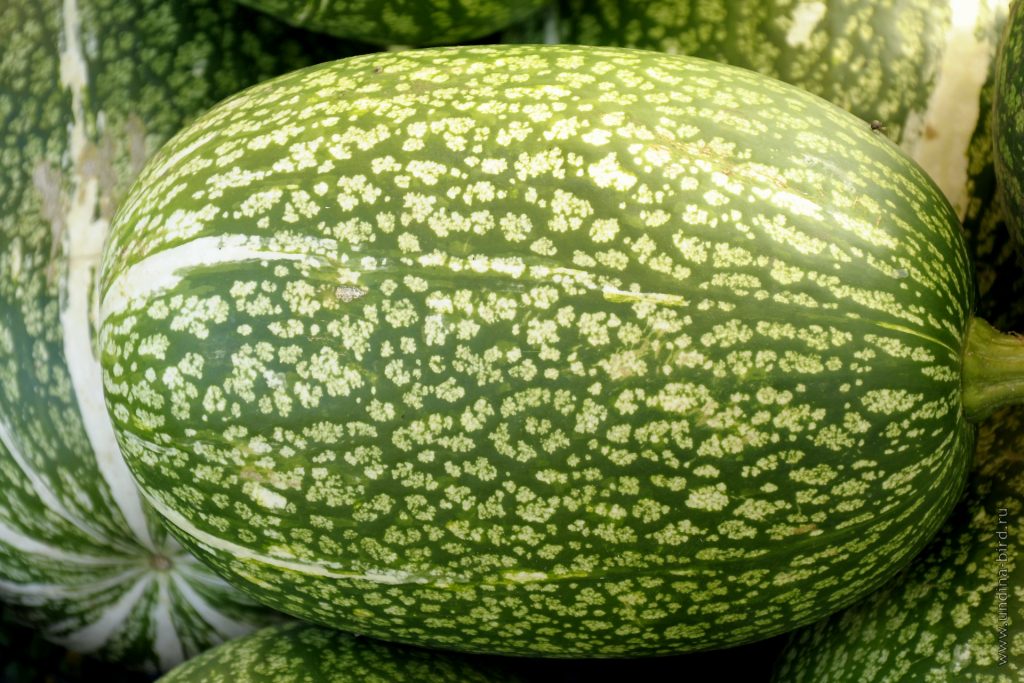


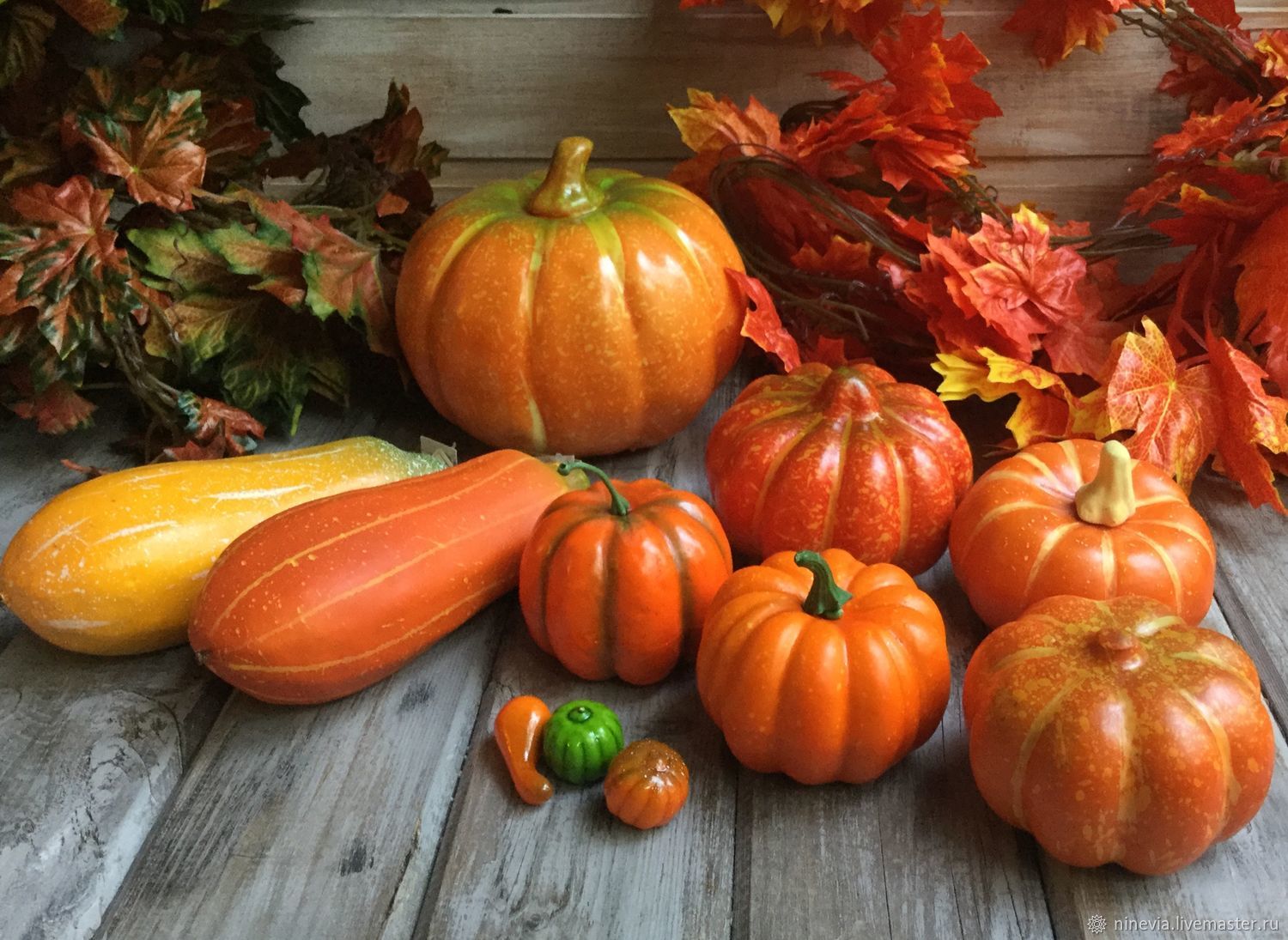

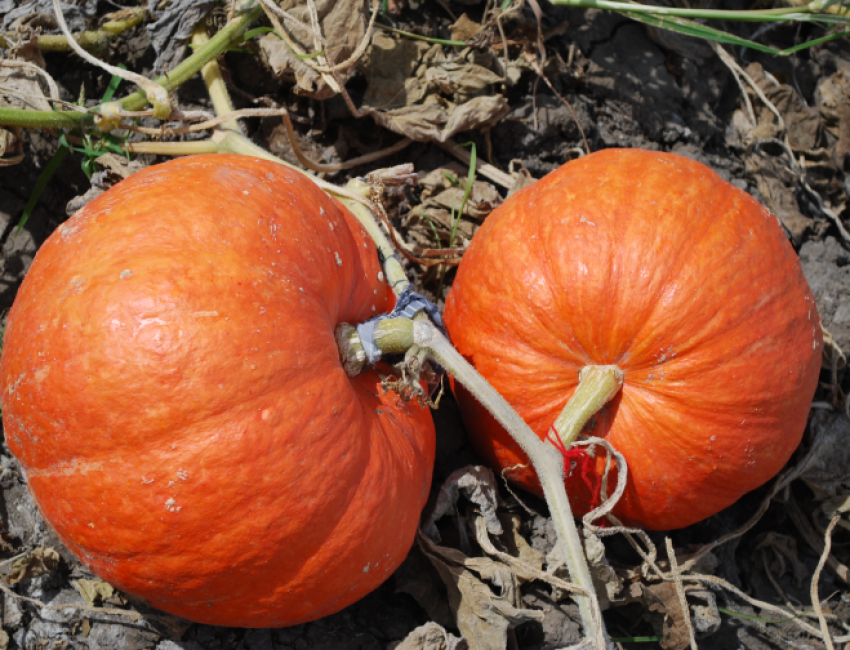
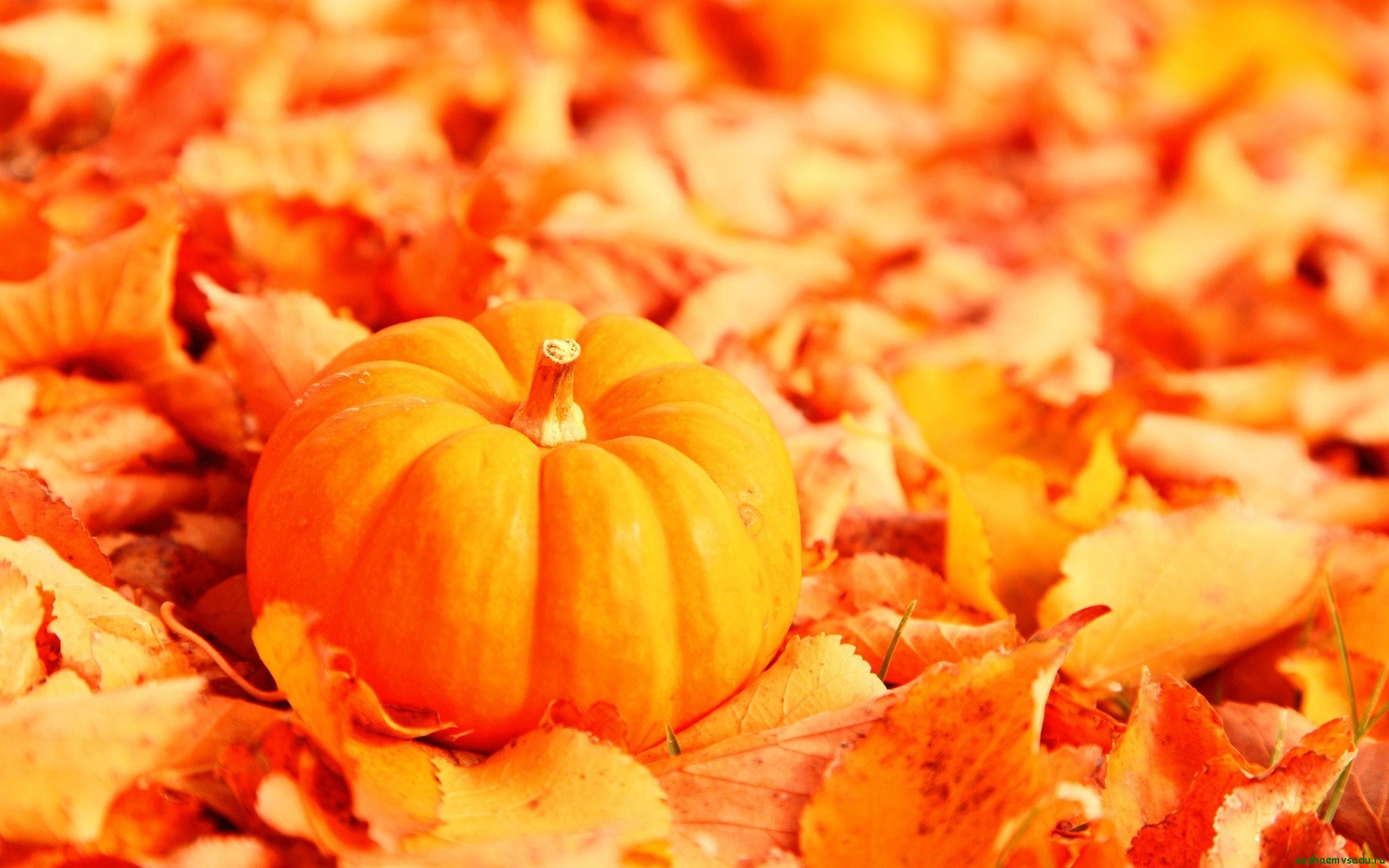
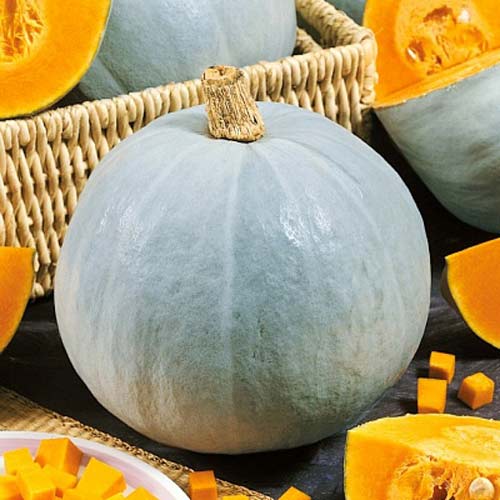
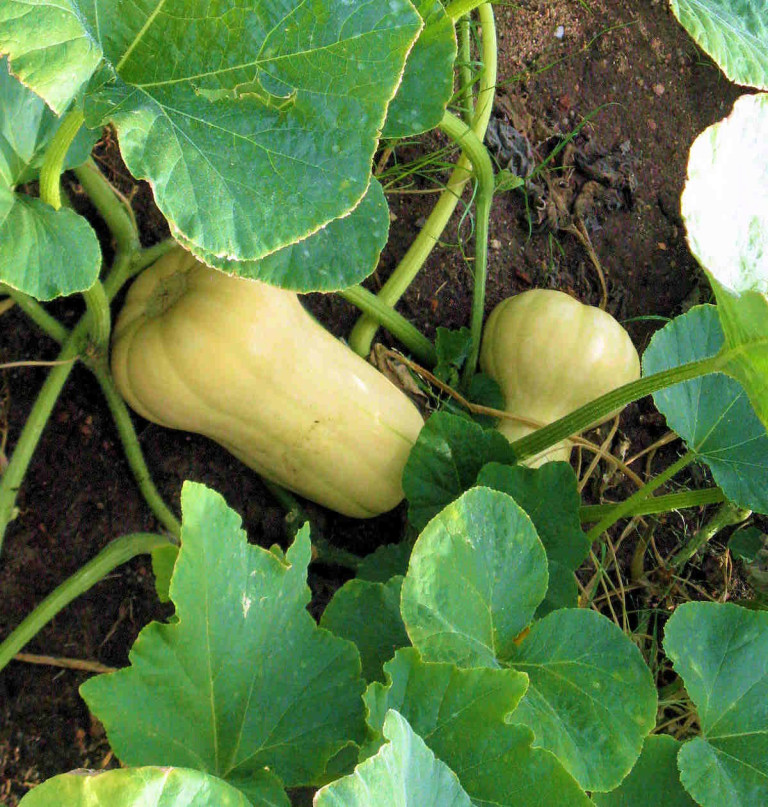







Thank you so much for the article.
The moment of "perennial" is not at all covered. Can be cut and covered for the winter - or hopeless? He sits both on the street and in the greenhouse, can one hope that with good shelter in the greenhouse he will overwinter?